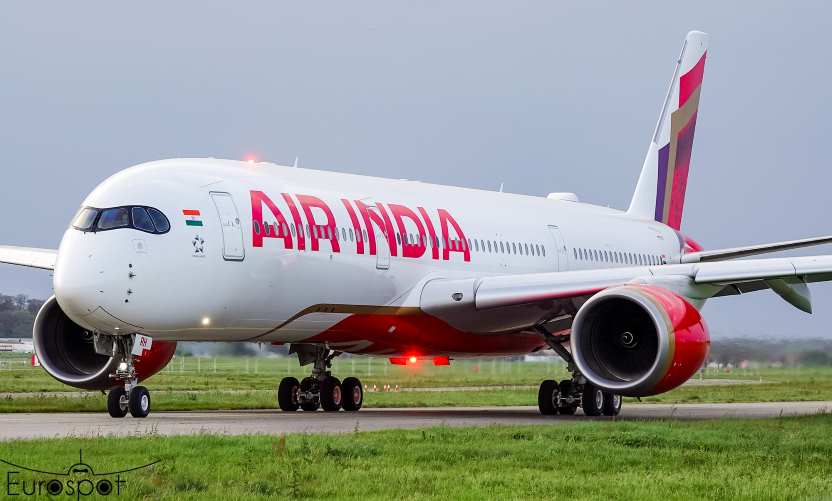What the Air India Crash Could Mean for Boeing and the 787

Boeing is facing renewed scrutiny following the fatal crash of an Air India Boeing 787 Dreamliner in Ahmedabad, which killed over 270 people. The incident comes just weeks after the company marked one billion passengers flown on its 787—a milestone for the aircraft that has, until now, maintained a strong safety record since its debut 14 years ago.
While the Boeing 737 Max drew global attention after crashes in 2018 and 2019 due to a software flaw, there is currently no indication that a design or technical fault caused the Air India crash. Experts say most modern aviation accidents are typically linked to human error, not mechanical failure. However, full conclusions will only be drawn once investigators recover and analyze the flight’s black boxes.
The crash casts another shadow over Boeing, which is already grappling with financial struggles, safety concerns, and leadership turnover. Boeing shares dropped nearly 5% following news of the accident. The company has paid out hundreds of millions in settlements and compensation in recent years, including $160 million to Alaska Airlines after a door panel detached mid-flight in 2024.
CEO Kelly Ortberg, who returned from retirement to lead Boeing, offered condolences and pledged support for the investigation led by India’s Aircraft Accident Investigation Bureau.
Ongoing legal issues and whistleblower allegations continue to pressure Boeing’s reputation. Although the company recently avoided criminal prosecution in the 737 Max case, it admitted to obstructing a federal investigation and agreed to pay over $1.1 billion in penalties.
This latest tragedy adds to Boeing’s mounting challenges.
Related News: https://airguide.info/?s=air+india, https://airguide.info/?s=boeing, https://airguide.info/category/air-travel-business/travel-health-security/safety/
Sources: AirGuide Business airguide.info, bing.com, yahoo.com
